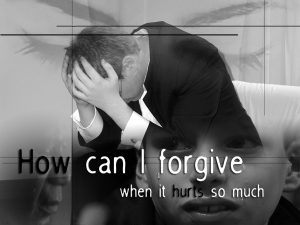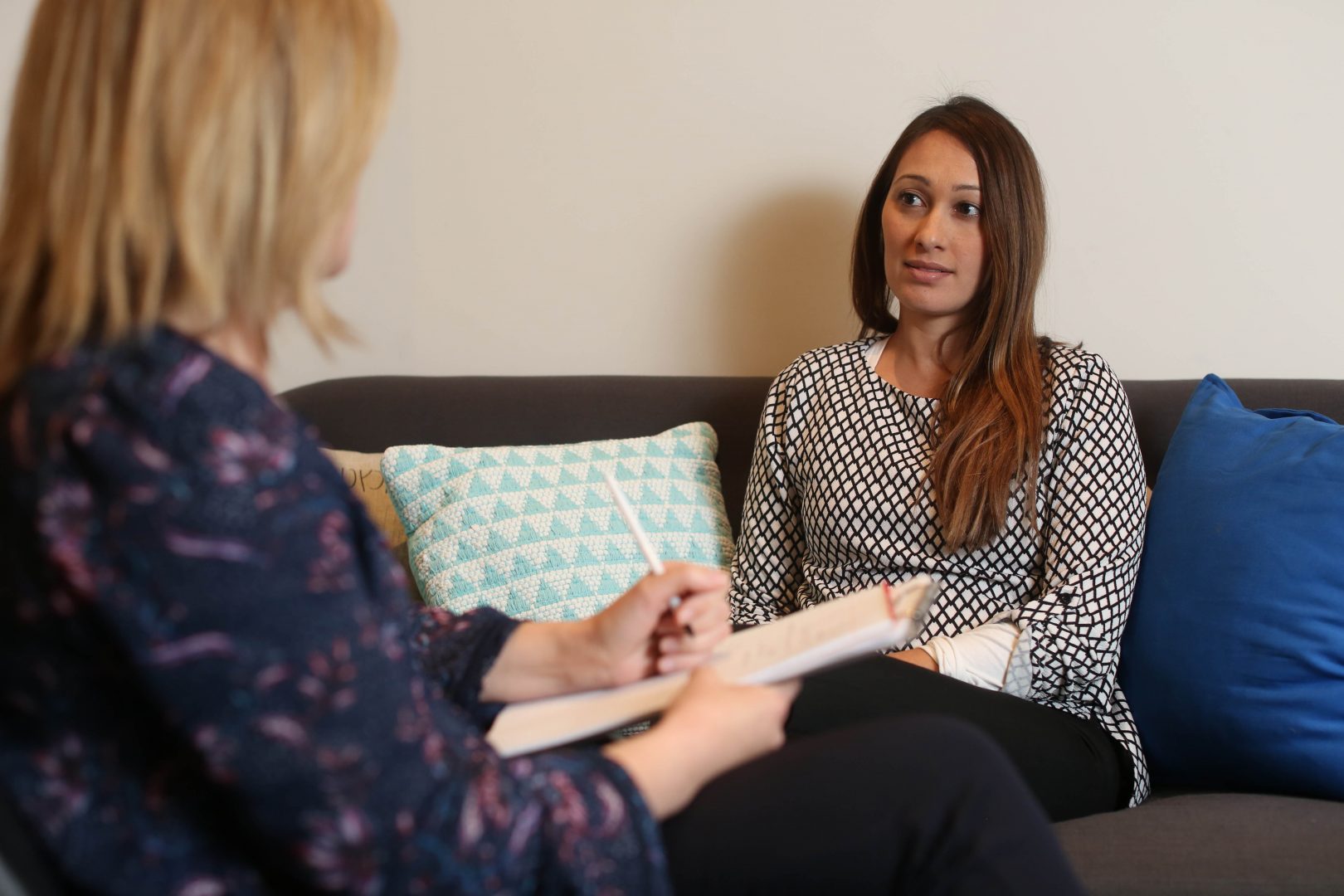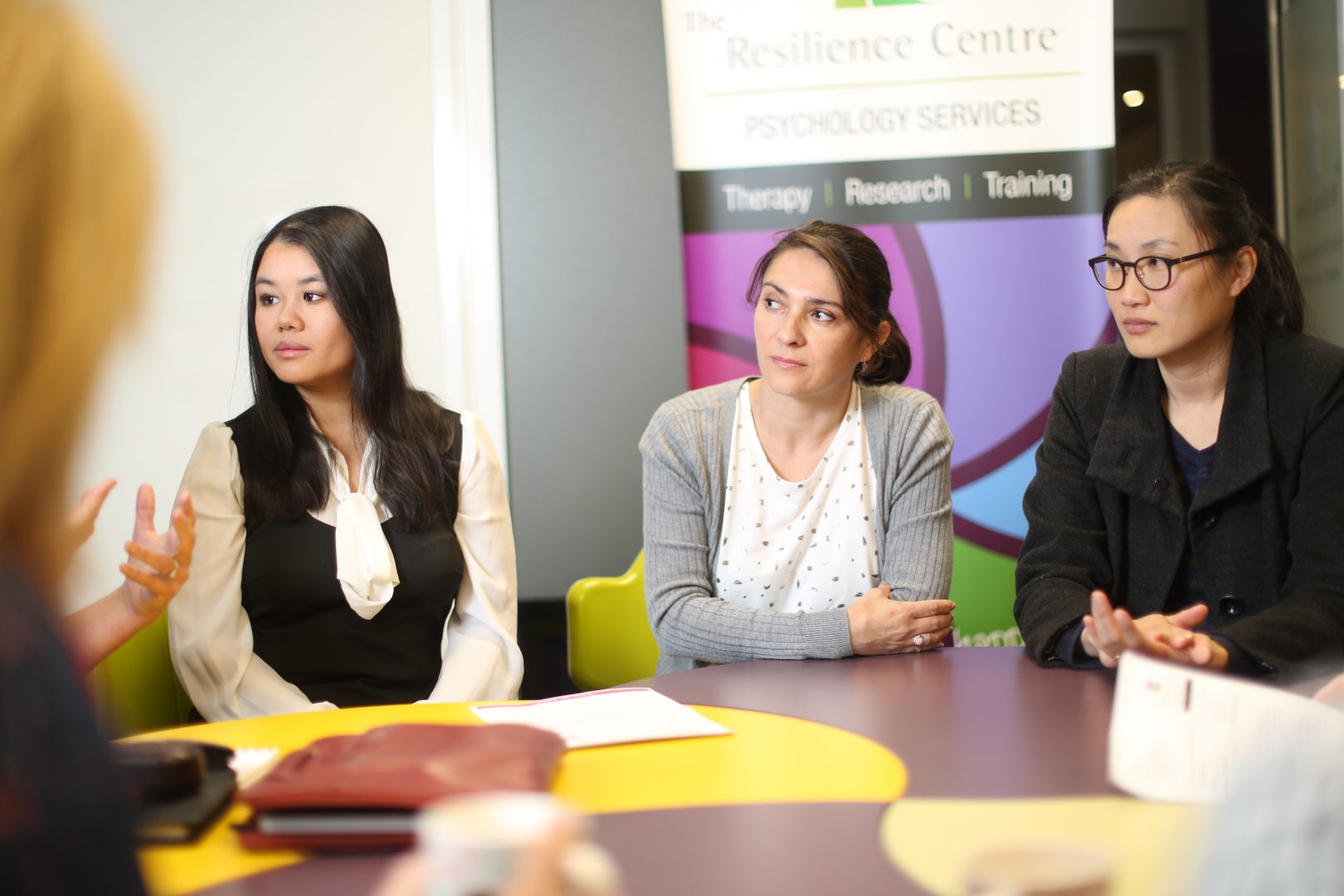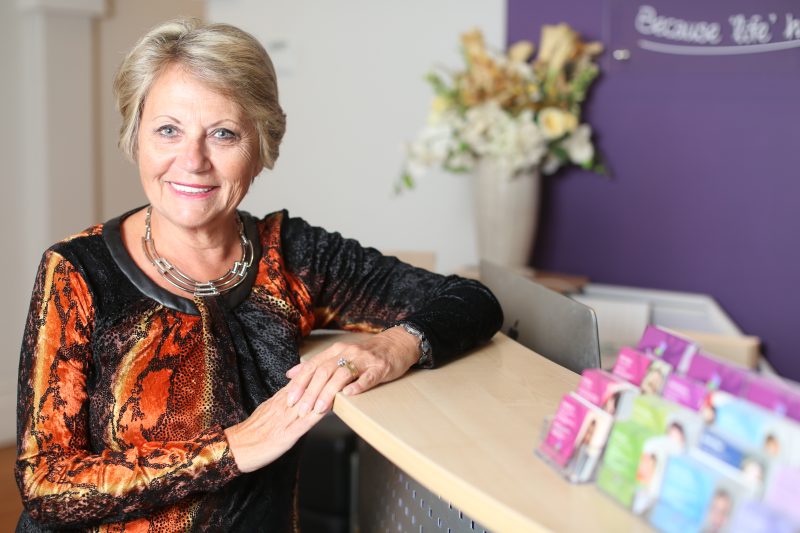Forgiveness annd Resilience
by Lyn Worsley
Studies have found that adults who appear to be more resilient than others show characteristics of forgiveness. But what does that mean? How do we define forgiveness? And how can we be more forgiving?
First of all there appears to be a process of forgiveness, which is evident in the case studies of resilient people. Other studies have found there to be a correlation between resilience and forgiveness.
Sonia Lyubomirsky’s The How of Happiness, has a chapter on forgiveness. In the section, entitled “Learning to Forgive,” Lyubomirsky emphasizes that forgiveness is “something that you do for yourself and not for the person that has wronged you.” She notes that the true benefit of forgiveness lies in what it does for our-selves. She suggests that the potential punishment of not forgiving is the imprisonment in your own anger. That is, our own un-forgiveness is even weightier than any the perpetrators might receive.
Sonia relays a story: When former President Bill Clinton asked Nelson Mandela how he was able to bring himself to forgive his jailers, and Mandela responded,
When I walked out of the gate I knew that if I continued to hate these people I was still in prison.
Forgiveness seems to be a necessity, not a choice, if one is to move forward in life free, weightless, and resilient. It has been found that forgiveness can be used as an emotion-focused coping strategy to reduce a stressful reaction to something that is done to us.
So what can we do to help us with forgiveness and build our resilience? How can we use the forgiveness to help us get through a traumatic or hurtful event?
I like to think of the process of forgiveness in a really simplistic way.
If forgiveness is not for the other but for those who forgive we need to look at the energy process. Remember the scientific principle, “Every action has an equal and opposite reaction.” This is true in psychology of human interactions. It is natural for us to react to anything in a psychological way often with the same level of energy.
So if someone does something wrong to you, you have a reaction to that which is equal to what has been done to you. This reaction however can come in many forms. You can be a victim where you feel wronged and helpless and feel like depression, or you can react like a survivor and have an indignation and anger. Both of these reactions not only equal the trauma or the hurtful event but can double the pain and the effect on those traumatized.
So the action of the trauma or hurt has an equal reaction of hurt or anger.
However there is another way and that is to be proactive in response to the trauma. Forgiveness is not doing nothing, because that will end up with either an eventual victim or survivor reaction. Forgiveness is to respond to the trauma in a direction that is more helpful for everyone. A pro-active response is taking the steps toward a more positive future regardless of the hurt inside.
A Proactive response is sometimes doing the opposite to what you feel like doing. It can change the event to go into another direction. It can channel the energy towards a different goal. Real forgiveness does that. It channels the energy where it belongs and it is neither seeking revenge nor being a doormat. This is the opposite reaction to what is expected and what is justified. We are justified to be in a hurtful place and expected to react, retaliate or have revenge. But the opposite is to be proactive towards a more positive place. But there is a twist, forgiving someone is not to just lie down and take the abuse or to accept the punishment that is undeserved but rather to do something that does not involve a reaction.
So to make it simpler, it may be to behave as if the trauma never occurred. Or to act as if it didn’t affect you. Or to act as if you were not afraid.
Sometimes asking the question, what would I do if I wasn’t afraid, or what would I do if this didn’t affect me gives you very good information. These questions remove your personal reaction to the hurt and replaces it with an action that is unaffected by the trauma. It gives you information about who you would be if the trauma or hurt never occurred.
One very brave woman said to me recently,
It is not what has happened to you that matters as much as who you are in the midst of it.
So to be forgiving is actually to have a set of behaviours, which are likely to make you feel less affected by the trauma and clearer about your reaction which will stop the trauma affecting you. It may even help you to move the situation to a place of healing and help the other person to learn from the situation.
It may mean that the person causing the situation feels the consequences of their action, and they have the opportunity to own what is happening. This isn’t revenge or pay back but may be a proactive response that shows self-respect. For example, the person who rides the train for free is imposed a fine, or the woman who is being abused by her husband decides to leave the marriage and bars him from the benefits of the relationship by walking away. If we do not impose costs, what will stop the perpetrator from hurting again?
So forgiveness here is not letting someone get away with the abusive behaviour but allowing them have the self respect to own their behaviour. Forgiveness is not to be the victim of another’s behaviour and feeling helpless in reaction to them, which in some cases enables the bad behaviour to continue, but it is rather a proactive response from someone with self respect.
Some key steps that help us to move towards forgiveness is in Worthington’s “Five Steps to Forgiveness” which was born of his own struggle to forgive the person who raped and then brutally murdered his aging mother in a most shocking and horrific way. Worthington’s “REACH” acronym helps us to remember the steps.
- R = Recall the hurt; visualize the event or the circumstance.
- E = Empathize with the perpetrator. Understand his/her point of view.
- A = Altruistic gift of forgiveness. This must be given freely without self-interest. Last week we talked about taking yourself out of the picture and thinking of their needs. Some of which may be to face the consequences of their action
- C = Commit yourself to forgive publicly.
- H = Hold on to the forgiveness. (Forgive seven times seventy)
Each of these steps can be extremely difficult to take and it may take time – sometimes a long time – to take each one. But
As we attempt to “REACH” to be more forgiving, we begin to feel a motivating peace that propels us forward. When we forgive others, there is a sense of a burden being lifted. When we forgive others, we give up our position as an aggrieved victim and lose the power to induce guilt and the luxury of experiencing and expressing righteous indignation. Forgiveness require[s] us to put pride aside and be humble.
I think there is something noble and majestic, and at the same time, humble about someone who forgives. Those who truly forgive seem to attain a serenity that is deep and rich. These “forgivers” give a unique and singular gift that is theirs alone to give.
Forgiveness is a topic that is often discussed in therapy and while there are some key ways to approach forgiveness, each person is different. If forgiveness is something you want to work on, seeing someone to help you through the process can be a wonderful experience.







